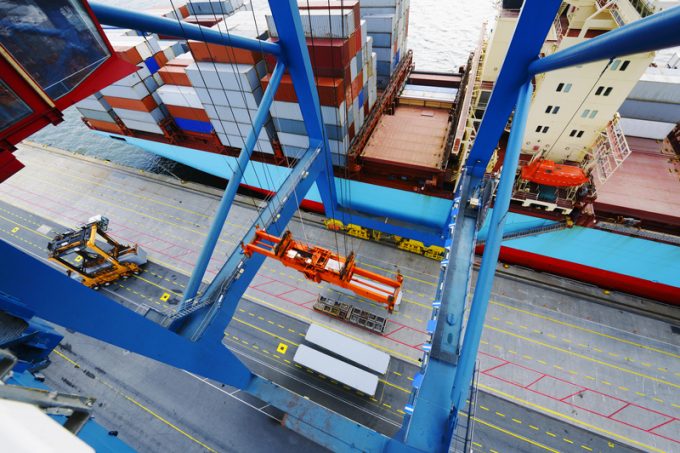Airfreight rates rising gently as ecommerce giants eye new tradelanes
Global airfreight rates and volumes are rising gently – but confusion over US ecommerce rules ...

With a reading of 1,022.03, the Shanghai Containerized Freight Index (SCFI) comprehensive index is today 30% higher than it was 12 months ago, an upshot of carriers adjusting their capacity wisely in response to the reduced demand impact of the pandemic.
However, today’s SCFI recorded further small declines for container spot rates across the main east-west trades – Asia-Europe and the transpacific – suggesting rates are past their peak and could be on a downward trajectory.
The Asia-US west coast component declined ...
Volcanic disruption at Anchorage could hit transpacific airfreight operations
Shippers snap up airfreight capacity to US ahead of tariff deadline
New price hikes may slow ocean spot rate slide – but for how long?
Forwarders stay cool as US 'liberation day' tariffs threaten 'global trade war'
Tighter EU import requirements proving 'a challenge' for forwarders
Supply chain delays expected after earthquake hits Myanmar
Looming Trump tariffs will create 'a bureaucratic monster' for Customs

Comment on this article